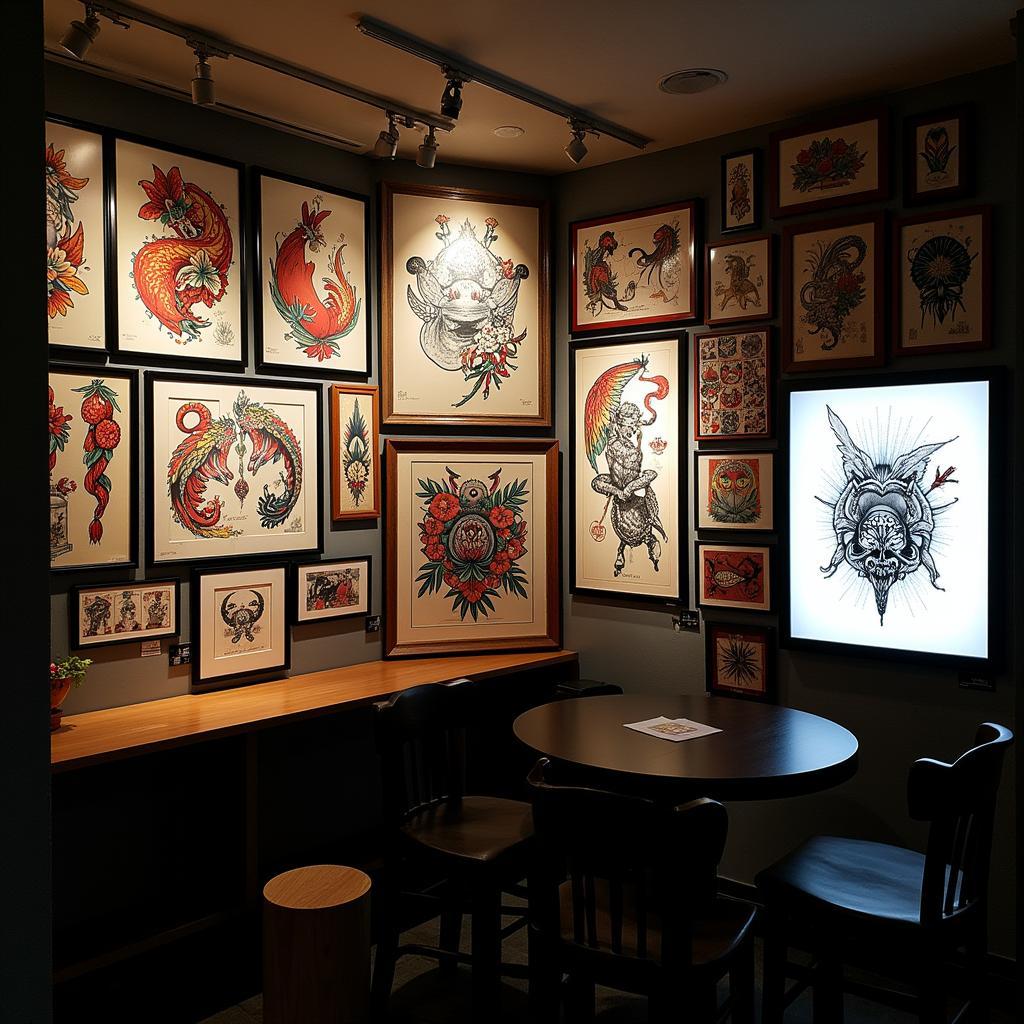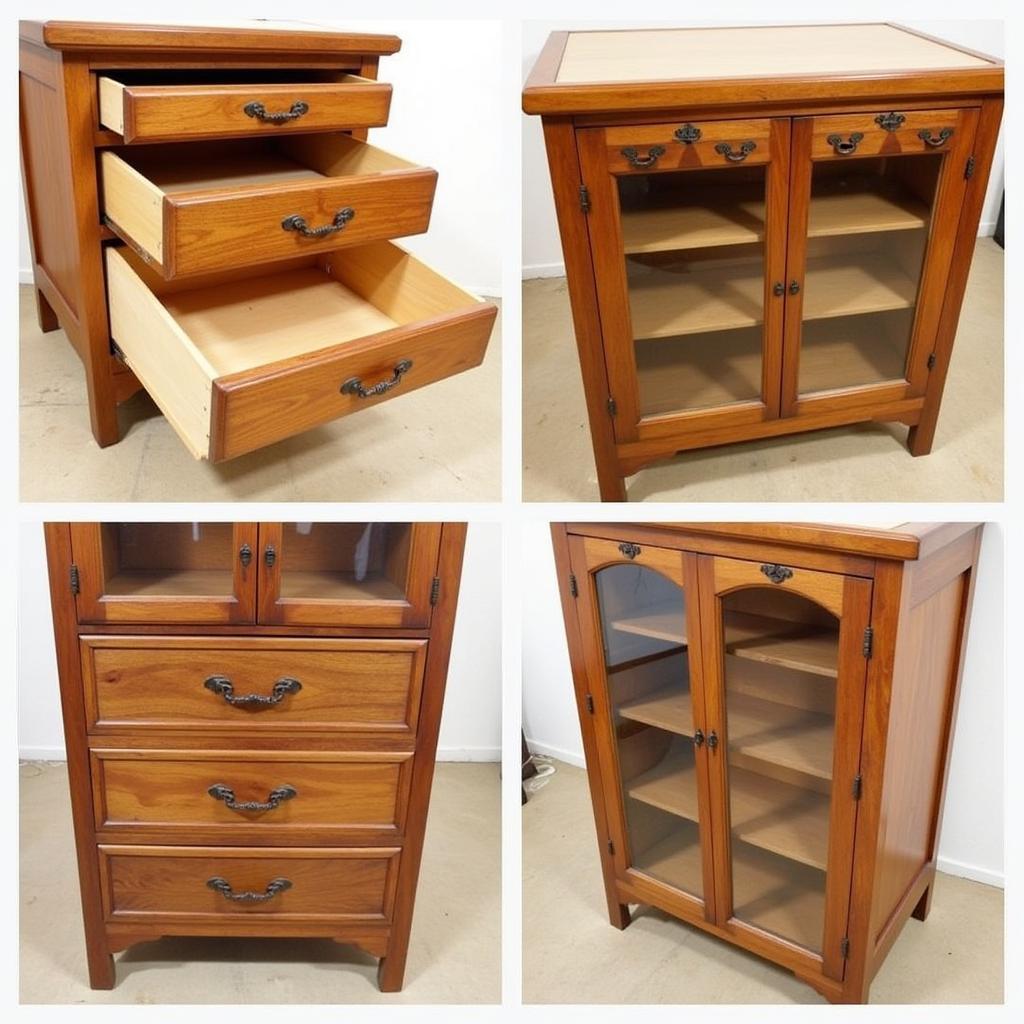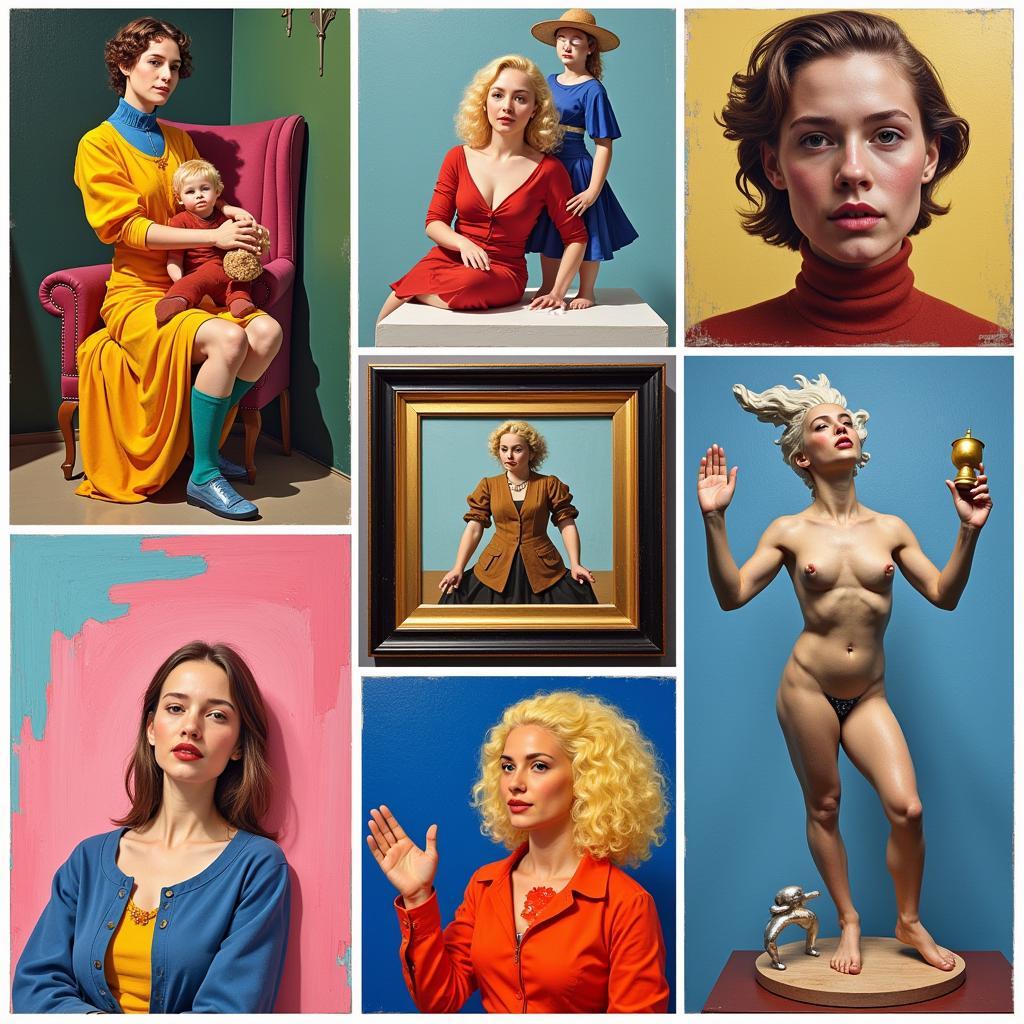Strong Women in Art: Breaking Barriers and Inspiring Generations
The art world has traditionally been dominated by men, but a growing number of strong women artists are shattering these barriers and leaving their indelible mark on history. These women are pushing boundaries, challenging conventions, and inspiring generations to come. Their stories are testament to the power of creativity, resilience, and the unwavering pursuit of artistic excellence.
The Impact of Strong Women in Art
Strong Women In Art have played a pivotal role in shaping the landscape of artistic expression. They have challenged societal norms, explored unconventional themes, and redefined what it means to be an artist. Their contributions have not only enriched the world of art but have also had a profound impact on culture, politics, and society at large.
Challenging Stereotypes and Gender Roles
One of the most significant contributions of strong women in art has been their defiance of traditional gender roles and stereotypes. By pursuing their artistic visions with passion and determination, they have proven that talent and creativity are not confined to any particular gender.
For instance, Frida Kahlo, the iconic Mexican painter, challenged societal expectations with her self-portraits that explored themes of pain, identity, and the female experience. Her work resonated with women around the world, empowering them to embrace their individuality and fight for their rights.
Expanding Artistic Boundaries
Strong women in art have consistently pushed the boundaries of artistic expression. They have explored new mediums, experimented with different styles, and created groundbreaking works that defy categorization.
Yayoi Kusama, a Japanese contemporary artist, is renowned for her vibrant installations and sculptures that transcend traditional notions of art. Her immersive works, often featuring polka dots and mirrored surfaces, challenge viewers to engage with their own perceptions and connect with a sense of collective consciousness.
Amplifying Women’s Voices
Strong women in art have also been instrumental in amplifying women’s voices and experiences. Through their art, they have given voice to the struggles, triumphs, and complexities of being a woman in a world often dominated by male perspectives.
Barbara Kruger, a renowned American artist, uses powerful imagery and provocative text to challenge societal assumptions about gender, identity, and power. Her work often critiques the objectification and commodification of women, exposing the inequalities that women face in a patriarchal society.
The Legacy of Strong Women in Art
The legacy of strong women in art is one of resilience, innovation, and inspiration. Their work continues to resonate with audiences worldwide, challenging conventions and sparking conversations about gender, representation, and the enduring power of art.
“Art is a reflection of the artist’s soul, and women artists have a unique perspective to offer,” says Dr. Sarah Johnson, a renowned art historian specializing in women’s art. “They have the power to move, inspire, and provoke, and their contributions to the art world are invaluable.”
Celebrating and Supporting Strong Women in Art
It is essential to celebrate and support strong women in art. We can do this by:
- Visiting exhibitions and galleries featuring women artists.
- Supporting organizations that promote women’s art.
- Collecting and displaying art created by women.
- Sharing and discussing women’s art with others.
By actively engaging with the work of strong women artists, we can contribute to a more inclusive and equitable art world where everyone has the opportunity to create, express, and be celebrated.
FAQs
1. Who are some notable strong women in art history?
Many strong women artists have made significant contributions, including Frida Kahlo, Georgia O’Keeffe, Louise Bourgeois, Mary Cassatt, and Artemisia Gentileschi.
2. What are some examples of strong women in art challenging gender roles?
Many artists have challenged gender roles, including through their subject matter, style, and overall artistic vision. For example, women art prints often feature strong female figures in unconventional roles or settings, challenging traditional representations of women.
3. How can I support strong women in art?
You can support women artists by attending their exhibitions, purchasing their art, and sharing their work with others. You can also contribute to organizations that advocate for women in art and provide opportunities for their professional development.
4. What are some resources for learning more about strong women in art?
Numerous resources are available online and in libraries, including books, articles, websites, and documentaries. You can also visit museums and art galleries featuring exhibitions dedicated to women artists.
5. What is the future of strong women in art?
The future of strong women in art is bright. With increasing recognition and support, women artists are making their mark on the art world and inspiring new generations to follow in their footsteps.



